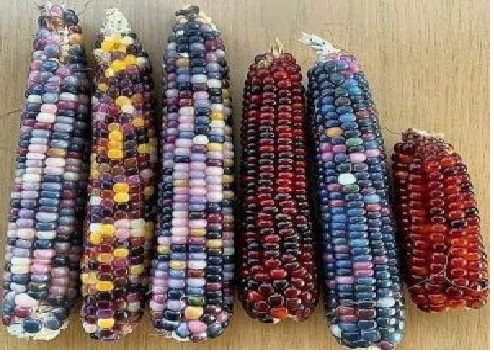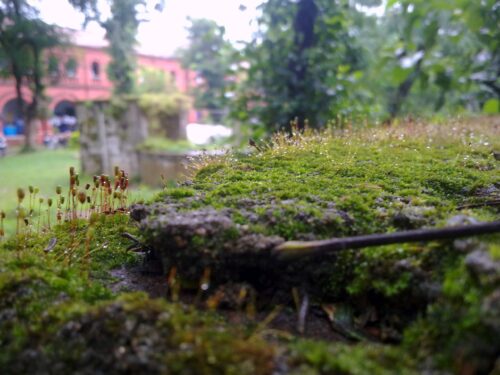The food eaten by any one comprises many different components like – Carbohydrates, Proteins, fats, Minerals, and Vitamins and water. For humans and big animals water too has been accepted as a necessary component of food.
The components of food are derived from different sources. Carbohydrate is derived from many sources like wheat, potato, and rice etc. whereas Proteins are basically derived from pulses, beans, milk, and non-vegetable sources like meat, fish and egg etc. Fats are derived from edible oil, butter, and milk and non-vegetable sources. Minerals like calcium, phosphorus, magnesium, zinc, iron etc. are basically derived from fruits, nuts and vegetables. Vegetables and fruits including dry fruits contain vitamins like Vitamin A, Vitamin B-complex, Vitamin C, Vitamin D, Vitamin E, Vitamin M, Vitamin K etc.
The components of food have been classified into THREE broad categories- like Body Builders, Energy Liberators, and Regulators. Body builders are components like proteins and minerals that help in building of a body, its muscles, blood, and bones. Energy liberators are carbohydrates and fats that release energy on oxidation during respiration. Our body cannot work without energy and we cannot live without it. Many parts of our bodies remain active all the time even when we are sleeping and all these parts need constant supply of energy. Regulators like Vitamins are those substances required for proper functioning of body systems.
1. Carbohydrates
Carbohydrates can be grouped into two categories: simple and complex. Simple carbohydrates are sugars whereas complex carbohydrates consist of starch and dietary fibre. Carbohydrate provides about 4 kcal per gram (except for fibre) and is the energy that is used first to fuel muscles and the brain. Soluble fibre (fruits, legumes, nuts, seeds, and brown rice, and oat, barley and rice brans) lowers blood cholesterol and helps to control blood sugar levels while providing very little energy.
Insoluble fibre (wheat and corn bran, whole-grain breads and cereals, vegetables, fruit skins, nuts) doesn’t provide any calories. These fibres help to alleviate digestive disorders like constipation and may help prevent colon cancer. Sources of carbohydrates in our food include grain products such as breads, cereals, pasta, and rice as well as fruits and vegetables.
2. Proteins
Protein from food is broken down into amino acids by the digestive system. These amino acids are then used for building and repairing muscles, red blood cells, hair and other tissues, and for making hormones. Adequate protein intake is also important for a healthy immune system. Main sources of protein are animal products like meat, fish, poultry, milk, cheese and eggs and vegetable sources like legumes (beans, lentils, dried peas, nuts) and seeds.
3. Fat
The fat in food includes a mixture of saturated and unsaturated fat. Animal-based foods such as meats and milk products are higher in saturated fat whereas most vegetable oils are higher in unsaturated fat. In fact, saturated fats are a type of fat found in animal products, such as meat and dairy. This type of fat is solid at room temperature and differs from other types of fats in that they do not contain double bonds between carbon atoms, and are fully saturated with hydrogen atoms.
Compared to carbohydrate and protein, each gram of fat provides more than twice the amount of calories (9 kcal per gram). Nevertheless, dietary fat does play an important role in a healthy diet. Fat maintains skin and hair, cushions vital organs, provides insulation, and is necessary for the production and absorption of certain vitamins and hormones. Nutrition guidelines state that Canadians should include no more than 30% of energy (calories) as fat as and no more than 10% of energy as saturated fat.
4. Vitamins
Carbons containing (organic) compounds which are needed in small quantities to sustain life are called as vitamins. Human body except vitamin D cannot synthesize vitamins. Hence these are derived from food we eat. Vitamins help to regulate chemical reactions in the body. There are 13 vitamins, including vitamins A, B complex, C, D, E, and K. Because most vitamins cannot be made in the body, we must obtain them through the diet. Many people say that they feel more energetic after consuming vitamins, but vitamins are not a source of energy (calories). Vitamins are best consumed through a varied diet rather than as a supplement because there is little chance of taking too high a dose.
5. Minerals
Minerals are components of foods that are involved in many body functions. These are elements that are found in grains, vegetables and fruits. For example, calcium and magnesium are important for bone structure, and iron is needed for our red blood cells to transport oxygen. Like vitamins, minerals are not a source of energy and are best obtained through a varied diet rather than supplements.
Minerals are classified as Macro and Micro elements. Macro elements are those needed in greater quantities by our bodies and these comprise Sodium, Potassium, Calcium, Chlorine and Phosphorus. These minerals provide essential ions in body fluid and form major structural components of the body. All the remaining essential elements are called as trace elements. These are needed in our bodies in small quantities.
6. Water
Water is a vital nutrient for good health. Most of our body weight (60-70%) is made up of water. Water helps to control our body temperature, carries nutrients and waste products from our cells, and is needed for our cells to function. It is recommended that adults drink 8 glasses of fluid daily (or more in hot weather or during physical activity). This fluid does not have to be water alone. It can also be obtained from juice, milk, soup, and foods high in water such as fruits and vegetables. Caffeine-containing beverages (coffee, tea, and cola) don’t count because caffeine is a diuretic, making us lose water.




